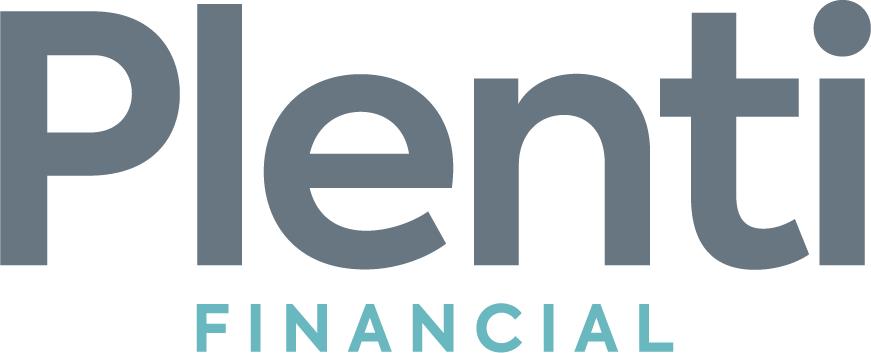When applying for an investment property mortgage, the more attention you can give to refining your collateral documentation, the more likely you are to receive loan offers that have more favorable terms toward the lender. Here, we will review four of the core elements of your collateral documentation: (1) collateral (assets), (2) guarantees, (3) the business loan agreement, and (4) subordination agreements.
Collateral
Collateral refers to the assets which the lender lists as line-items on the loan note, which the borrow accepts as means by which to recoup the expenses of a defaulted loan. Collateral serves as a means of protecting the lending institution from the risk of the loan. This is why offering more collateral relieves the risk burden of the lender. In other words, should the borrower default, the lender can seize
The term collateral refers to an asset that a lender accepts as security for a loan. Collateral may take the form of real estate or other kinds of assets, depending on the purpose of the loan. The collateral acts as a form of protection for the lender. That is, if the borrower defaults on their loan payments, the lender can seize the collateral and sell it to recoup some or all of its losses.
Guaranties
A guarantor is a party with certified debt capacity that covers loan terms that signs the note. Should the borrower default, the guarantor would be responsible for the repayment of the loan. If an investor does not have the debt capacity to cover the loan terms required for their exchange, a guarantor may sign the loan note in order to apply their financial evaluation to the loan institution’s consideration of the loan terms.
Business Loan Agreement
A business loan agreement is a certification that a lender and borrower make in the case of a commercial loan for a business. The business loan agreement certifies the obligations of each party to the other and to the project. This includes the lender’s obligation to supply funds and the borrower’s obligation to repay the funds according to the loan’s pre-established amortization.
Subordination Agreements
In the case that a business has multiple forms of debt, a subordination agreement establishes the priority ranking of each debt holding by the borrower so that, should conflict arise over repayment simultaneously between two lenders, the subordination agreement dictates the priority rank each lending institution has in recouping or resolving their respective issue.
Conclusion
Follow this checklist as you assemble your collateral documentation in order to increase the favorability of the terms in your loan offers, as well as to gain negotiating power when speaking to a loan officer. Schedule a consultation with one of our loan experts to build a profitable loan strategy for your 1031 Exchange.


